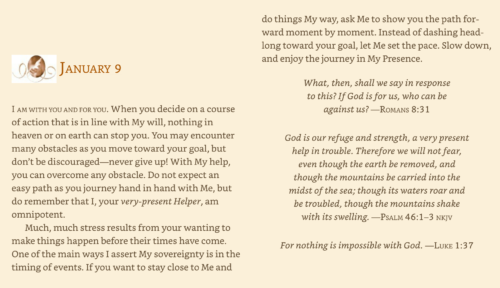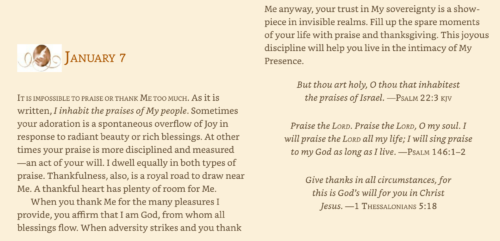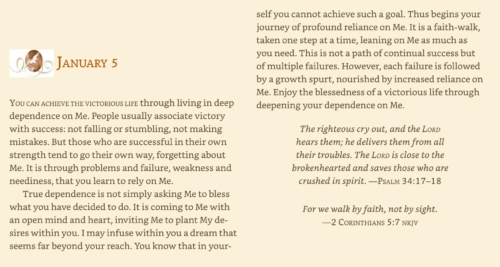Father Richard opens this week’s meditations by sharing his early love of the Scriptures:
The Bible first opened up for me in the 1960s when the Second Vatican Council said that divine revelation was not God disclosing ideas about God but God actually disclosing Godself. Scripture and religion became not mere doctrines or moralisms for me, but love-making, a mutual exchange of being and intimacy. The marvelous anthology of books and letters called the Bible is for the sake of a love affair between God and the soul and corporately between God and history.
We could say that the original blueprint for everything that exists is relationship. John’s word for that was Logos (John 1:1). In other words, the first blueprint for reality was relationality. It is all of one piece. How we relate to God reveals how we eventually relate to everything else. And how we relate to the world is how we are actively relating to God, whether we know it or not (1 John 4:20). How we do anything is how we do everything!
Thus, we must read the whole Bible as a school of relationship. The Bible is slowly making humanity capable of living inside of what Charles Williams (1886–1945) called “co-inherence.” [1] All creation is in the end drawn and seduced into the Great Co-inherence. “I shall return to take you with me, so that where I am you also may be too,” Jesus says (John 14:3). Salvation is giving us a face capable of receiving the dignity of the divine gaze, and then daring to think that we could gaze back.
I believe that we can only safely read Scripture—which is a dangerous book in the wrong hands—if we are somehow sharing in the divine gaze of love. A life of prayer helps us develop a third eye that can read between the lines and find the golden thread which is moving toward inclusivity, mercy, and justice. A hardened heart, a predisposition to judgment, a fear of God, any need to win or prove ourselves right will corrupt and distort the most inspired and inspiring of Scriptures—just as they pollute every human conversation and relationship. Hateful people will find hateful verses to confirm their obsession with death. Loving people will find loving verses to call them into an even greater love of life. And both kinds of verses are in the Bible!
The late Christian author Rachel Held Evans encourages reading the Bible with a willingness to engage in the mutual process of inspiration:
Inspiration is not about some disembodied ethereal voice dictating words or notes to a catatonic host. It’s a collaborative process, a holy give-and-take, a partnership between Creator and creator. . . . God is still breathing. The Bible is both inspired and inspiring. Our job is to ready the sails and gather the embers, to discuss and debate, and like the biblical character Jacob, to wrestle with the mystery until God gives us a blessing. [2] [I could not agree more and it saddens me that more do not see what Rachel so clearly saw. —Richard]




